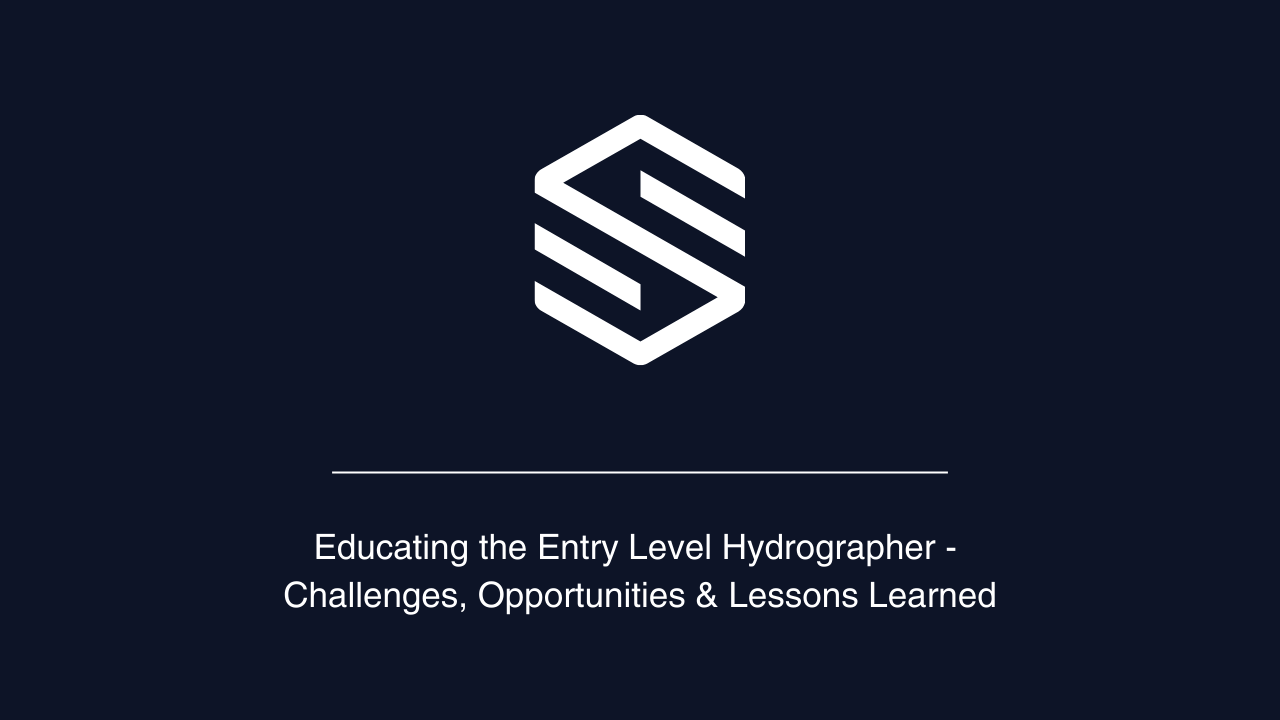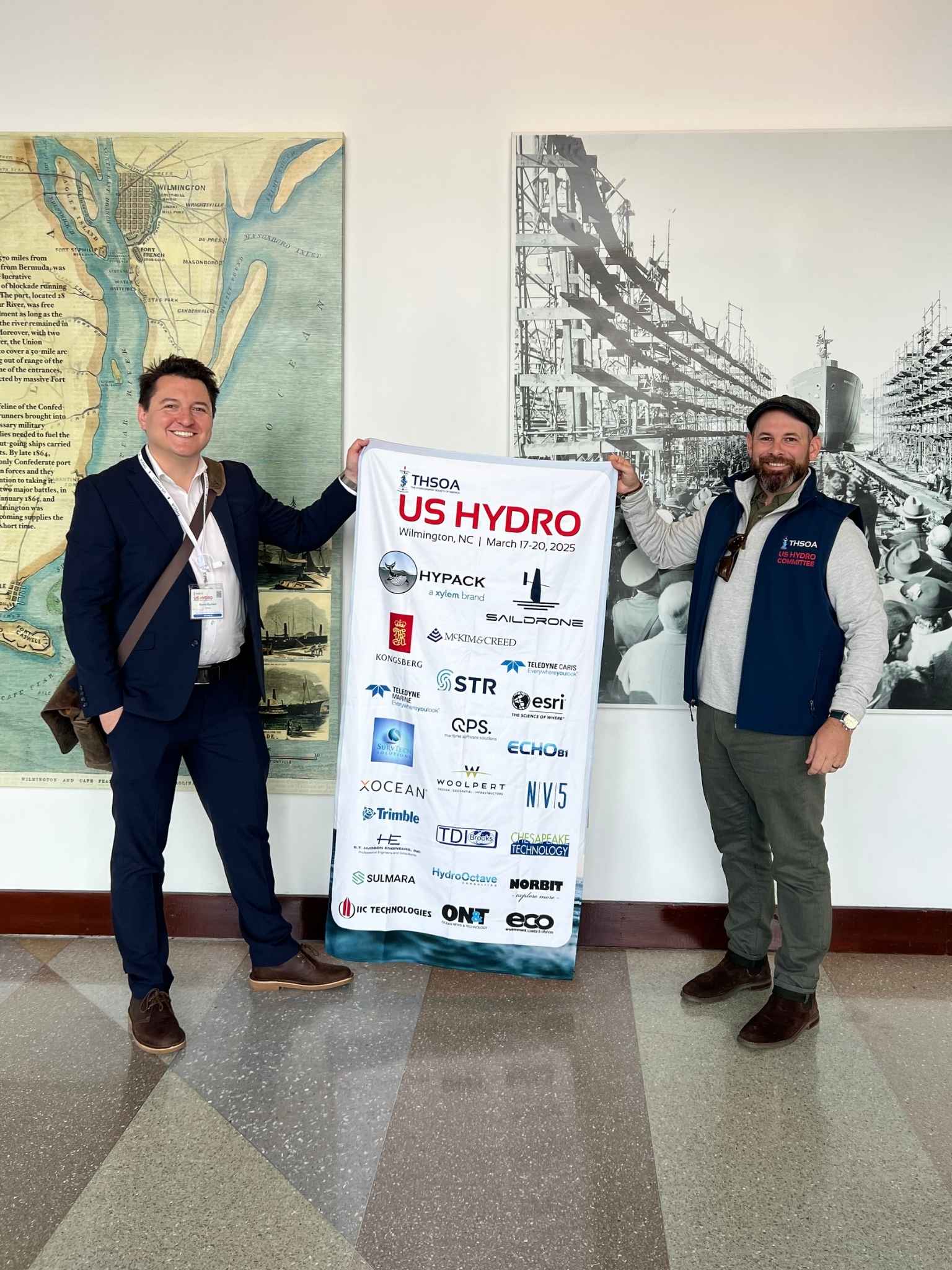Connect with us
* Required fields
* Required fields

The energy industry has been urged to help tackle the critical skills gap for hydrographers and geophysicists, which is posing a significant risk to the proper execution of survey projects. The lack of a fully skilled workforce is also causing required survey specifications to be increased beyond what is fit for purpose to try and combat the drop in quality.
Institutional knowledge lost through oil downturns and COVID-19 has left a major shortage of professionals with more than 10 years’ experience. In turn, this leaves a gap of mentors for graduates to learn on the job.
A shift in the industry to larger, higher-resolution surveys with compressed schedules has also increased demand for skilled surveyors that cannot be met by current institutional education. The lack of mentors exacerbates the problem as jobs are stacked with too many “green” surveyors, ultimately resulting in higher numbers of inexperienced workers who are subject to tax in the US.
The call for action to help plug the skills hiatus has been launched by three respected hydrography stalwarts who are urging the industry to work collectively to support universities, third-party training and industry-backed initiatives.
They include Jonathan Beaudoin, founder of specialised training and management coaching firm, Hydro-Octave Consulting; Chris McHugh, Head of Geophysical Innovation at independent subsea and inspection company, Sulmara; and Matt Hommeyer, Technical Operations Manager for the University of South Florida’s, Center for Ocean Mapping & Innovative Technologies.
Chris, who has been a Board Trustee of THSOA since 2022, said: “Lack of experience is challenging for the industry and particularly for renewables. Going from oil & gas to offshore wind saw an increased demand of over 100% for hydrographers, needed almost overnight. While markets can shift quickly, education institutions cannot and could not respond to this.
“More companies need to go into to universities and support them, as well as support third-party training and industry-backed initiatives. We need to get together to show there is a need for hydrographers and geophysicists that requires funding and innovative problem solving. If everyone gave 10%, then we’ll reach 100% very quickly, but if everyone does nothing, it will always be a problem.
“Think about this - if you took an ‘Intro to Hydrography’ course that met twice a week for 45 minutes, that is only 22.5 hrs total for the semester. A week-long training course that covers exactly what is needed would provide 40 hrs of learning. That is almost double the amount of information in a fraction of the time.”
Jonathan said that he stumbled into training because of the clear gap of entry level to middle level surveyors needed: “I’m delivering customized and bite-sized training to address “green tax” problems, tailored directly to each client’s needs. I’m also trying to catch the students at the source where my clients hire from such as Northwestern Michigan College, Stockton University, College of Charleston, among others. I’m trying to catch them on their last day of school and/or on their first day on the job. I’m trying to attract people into industry to the same workshops for that blended learning magic.”
As well as calling on industry to help address the shortage in hydrographers, Jonathan, Chris and Matt are exploring the opportunity to create short, applied summer courses led by industry professionals to blend knowledge sharing and recruitment into the industry. The main source of current classically trained hydrographers come out of graduate programs and are needed, but often “know too much” to fill the majority of the demand.
Matt said: “Somebody coming out of our program with a Master’s or a PhD should be the person you call for help, not the person who’s calling. We call them the people who “know too much” to be entry level. Sure, you can hire one of them into a relatively junior position to start. They will knock that job out of the park, but they’re also on a fast track to level up into some kind of supervisory technical guru or management role. And that puts you right back at square one with a deficit of people who are the entry and mid-level folks you’re looking for.”

Jonathan Beaudoin, Chris McHugh and Matt Hommeyer will be reinforcing their call for action this week at The Hydrographic Society of America’s (THSOA) US Hydro conference in Wilmington, North Carolina.
They will be presenting their paper - Educating the Entry Level Hydrographer - Challenges, Opportunities & Lessons Learned - at US Hydro on Tuesday, March 18 from 1.30pm to 1.45pm. It is part of Technical Session 2, Access & Workforce, which takes place in the Grand Ballroom at Wilmington Convention Center.